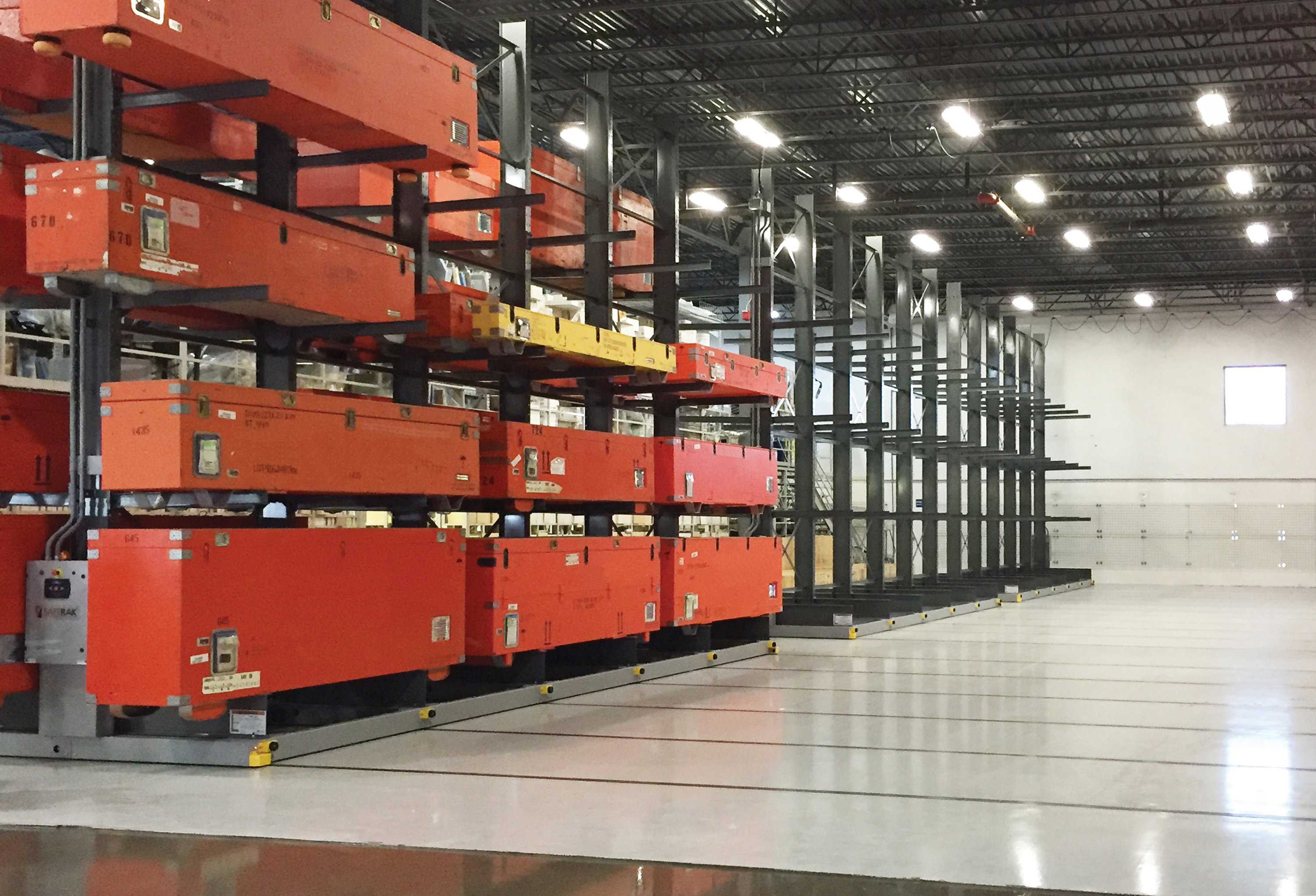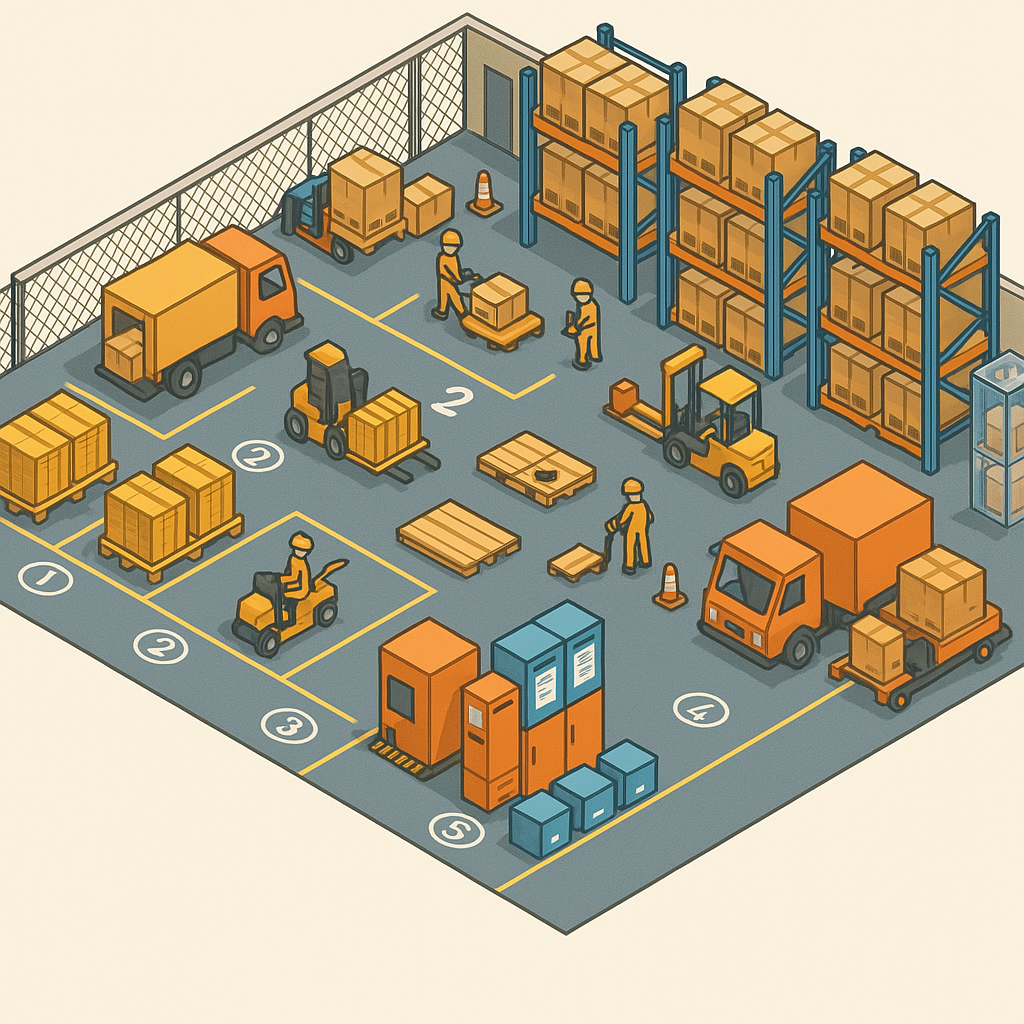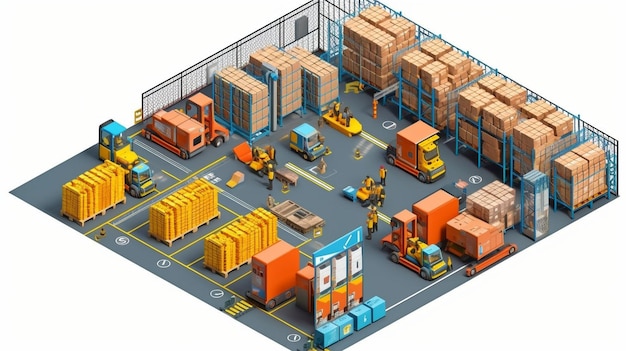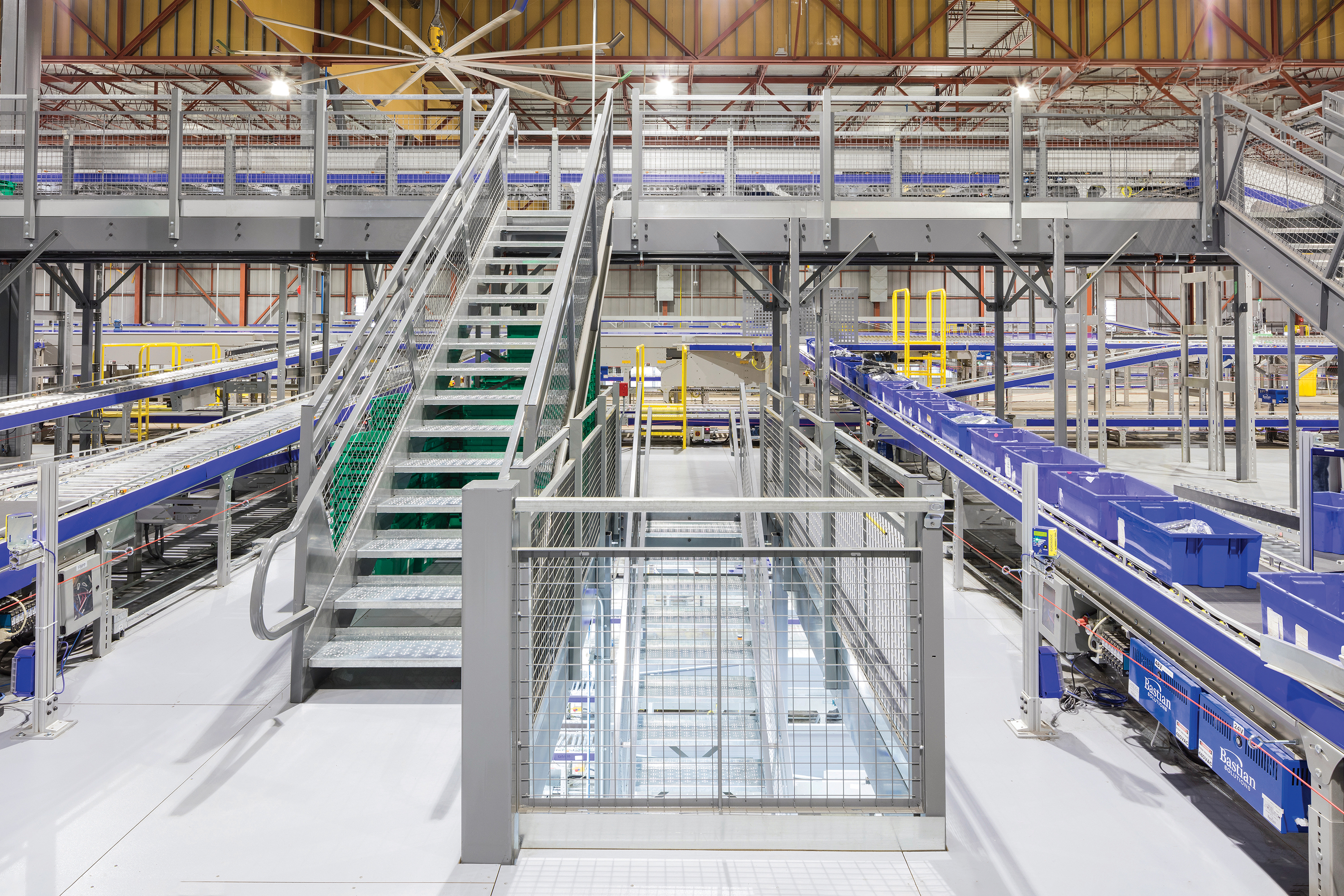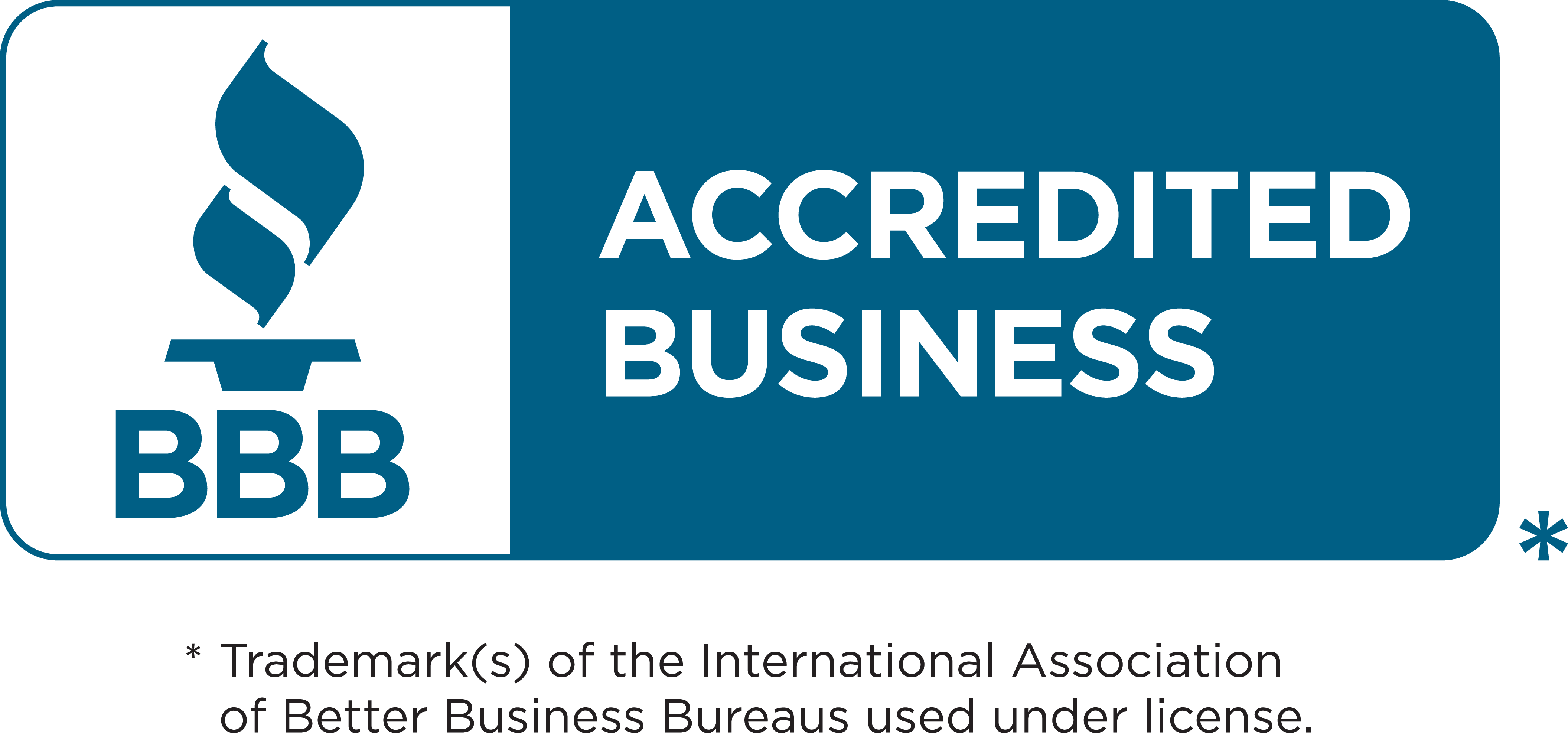
What Is Cantilever Racking? A Practical Guide for Storing Long & Bulky Items
🏗️ When Pallet Racking Just Doesn’t Cut It
Try putting a 16-foot steel pipe on a standard pallet rack. It’s a little like trying to park a school bus in a compact car spot — technically possible, but not smart. That’s where cantilever racking comes in. If you’re working with long, heavy, or awkward inventory — think lumber, tubing, bar stock, or even couches — you need something made for the job. This isn’t just about “storing things better.” It’s about protecting product, improving workflow, and reducing forklift chaos.
🧱 So What Is Cantilever Racking?
Cantilever racking is a freestanding storage system with horizontal arms that extend from a central column — sort of like a heavy-duty coat rack for industrial materials. But instead of jackets, you’re storing thousands of pounds of steel or wood.
Here’s what makes up a typical system:
-
Base – Anchors the rack to your slab and keeps everything upright
-
Column – Vertical structure where the arms attach
-
Arms – Adjustable, weight-rated extensions that hold your product
-
Bracing – Connects multiple bays and adds rigidity
Unlike pallet racking, there are no vertical front columns to get in your way. That means clean access from the front, which is a game-changer for handling long loads.
➡️ Need help figuring out the best setup for your space? Check out our custom warehouse racking services.
🚛 Who Actually Uses This Stuff?
We’ve worked with businesses across Ontario, British Columbia and Nova Scotia who were running into the same issue: no matter how they stacked or stored things, there was always product damage, wasted floor space, or operational bottlenecks.
Cantilever racking is ideal if you:
-
Regularly store long or unpalletized materials
-
Need fast access via forklift or side-loader
-
Are dealing with variable inventory lengths
-
Want to free up floor space and go vertical
Industries we see using it often:
-
Lumber yards
-
Plumbing and HVAC suppliers
-
Steel and aluminum fabricators
-
Construction material distributors
➡️ Find out if cantilever is right for your business with our racking consultation service.
✅ What Makes Cantilever Racking So Useful?
-
No Front Posts to Block You
You can load/unload from the front without navigating tight verticals -
Customizable and Scalable
Add arms, change levels, extend bays — no need to overhaul your entire setup -
Designed for Long-Term Abuse
This is structural steel, not glorified shelving — it’s built to last -
Cleaner, Safer Aisles
Say goodbye to floor stacks and hello to clear traffic paths
⚠️ What You Need to Know Before You Buy Cantilever Racking
Before pulling the trigger, ask yourself:
-
How long and heavy are your loads?
You need to match your system to real-world usage — not just what’s on the spec sheet. -
What kind of lift equipment are you using?
Side-loaders and forklifts work differently — make sure your aisle widths are dialed in. -
Are you in a seismic zone?
Places like BC and parts of Quebec may require seismic-rated systems with engineering sign-off. -
Do you need a permit?
In Ontario, yes. In Alberta, maybe. It depends on your municipality, load height, and more.
📎 Note: We offer permit drawings, load calcs, and engineering support across Canada. Reach out to learn more.
📏 A Quick Word on Capacity
Cantilever racks are deceptively strong — but only if installed and loaded properly.
Here’s a rough idea:
-
Light-duty arms: 500–1,000 lbs per arm
-
Medium-duty: 1,000–2,500 lbs
-
Heavy-duty: 5,000+ lbs per arm
And no, you can’t just slap a few extra beams on a frame and call it good. Mixing components is a safety issue and a code violation.
🧰 Final Thought: Stop Forcing It
If you’ve been trying to “make it work” with pallet racking or floor stacks, ask yourself: how much time, space, and inventory are you losing?
Cantilever racking isn’t overkill. It’s a right-sized solution for awkward, oversized, and heavy-duty materials. And when it’s designed properly, it works for years with minimal fuss.
📞 Thinking about making the switch?
➡️ Request a quote and let’s talk about your space.
For more details on racking safety and compliance, have a look at the CSA guide for steel storage racks.
